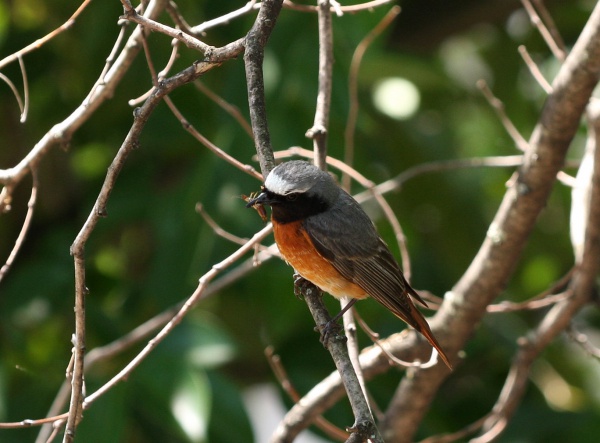Facts About Common redstart
The common redstart, often referred to simply as the redstart, is a captivating small bird from the genus Phoenicurus. Initially classified within the thrush family, it is now recognized as part of the Old World flycatchers. This species was first described by Carl Linnaeus in 1758. The genus name Phoenicurus was introduced by Thomas Forster in 1817, derived from the Ancient Greek words for "red" and "tail."
There are two subspecies of the common redstart. The nominate subspecies, P. p. phoenicurus, is found throughout Europe and into Siberia. The other subspecies, P. p. samamisicus, inhabits areas from the Crimean Peninsula to Central Asia. The common redstart is closely related to Moussier's redstart and diverged from the black redstart group approximately 3 million years ago.
In terms of appearance, the common redstart resembles the European robin, particularly with its distinctive orange-red tail. Male and female redstarts display different colorations, with males exhibiting brighter hues during the breeding season. These birds prefer open, mature birch and oak woodlands for nesting, typically at the edges of woodlands or in clearings. In England, conservation efforts are underway to support the declining population of these birds.
The common redstart inhabits Europe, western Asia, and northwest Africa during summer and migrates to central Africa and Arabia for the winter. Their diet primarily consists of winged insects, and they have a distinctive chat-like call. The male's song bears a resemblance to that of a robin. Interestingly, common redstarts sometimes have their nests parasitized by common cuckoo chicks, which can surprisingly benefit the redstart chicks.

 Ireland
Ireland